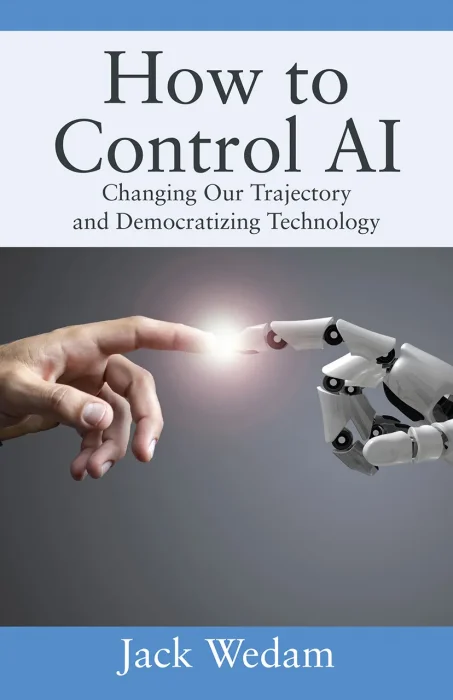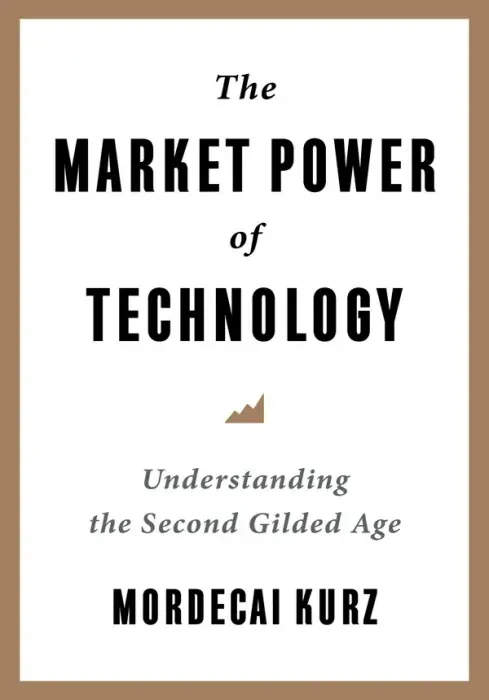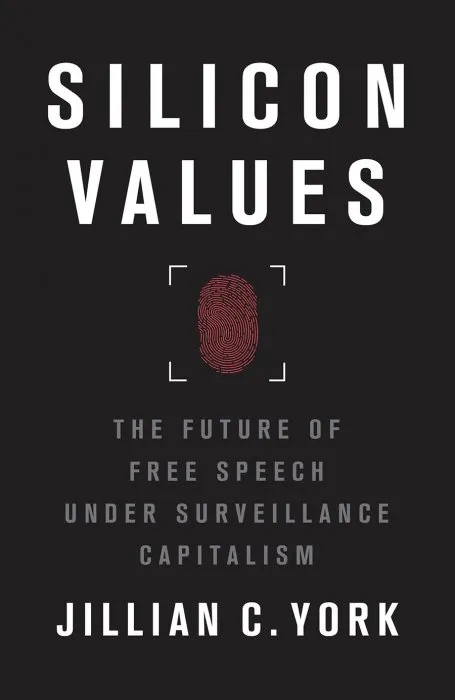How to Control AI: Changing Our Trajectory and Democratizing Technology

Date: December 14th, 2023
ISBN: 9781977269041
Language: English
Number of pages: 170 pages
Format: EPUB
Add favorites
Let the prophets of AI doom wallow in despair. We can refuse to join them.
Despite technological advancements, the author argues that humans must still guide and correct AI. The AI arms race is a competition between organizations to develop increasingly advanced artificial intelligence technologies, with four leading corporations caught in this race due to market forces. The author questions whether a small group can control AI reasonably and equitably for all. Dispersing power is crucial, as the accumulation of AI power could lead to an unaccountable ruling entity that could override our Constitutional Rights, exert unchecked influence on society, and threaten our democracy.
Fiduciary duties are another issue propelling the AI arms race, as companies must act in the best interests of investors, particularly regarding money. To disincentivize the profit-over-risk mindset, fiduciary laws should be changed to exempt corporate board members and officers from lawsuits if they prioritize long-term safety for AI over short-term profits.
Trust in the federal government is at its lowest since 1958, and many are turning to state governments for quicker policymaking. State legislation may be superior to federal regulations for many reasons. Many state laws and regulations already on the books can quickly and easily be modified by changing a few words to address AI. More regulations are necessary; however, they will not be enough to control AI. The author explains that regulators are often captured by the industries they should be regulating. Other shortcomings of regulations are discussed.
The European Parliament (MEPs) recently passed legislation to control AI. However, the author argues the European Parliament's Artificial Intelligence Act is too vague and ambitious and will eventually end in disaster. The author cites an earlier example of a European effort to rush technology into the marketplace that needlessly killed many innocent people. The author urges that we should not ignore the past to avoid a disaster that would be many orders of magnitude worse.
Bureaucrats are rarely skilled in managing technological risks. However, insurance companies have tremendous expertise in recognizing and managing risks. Risk is an externality that is shifted onto the shoulders of those who use AI. Risk premiums provide feedback loops to AI developers like good drivers are offered low insurance rates while dangerous drivers must pay higher insurance rates. Developers and providers of AI currently increase their profits by not paying any risk premiums and externalizing the risk to users of AI. Self-insuring corporations can pocket the risk premium and leave the rest of us to shoulder the risk.
Many dislike attorneys. However, if attorneys are generously incentivized, they will likely be our best defender against AI. Society will be best protected by an adversarial relationship between those who can influence AI. Laws that allow "Piercing the corporate shield" should be passed in cases of artificial intelligence. This will allow attorneys to defend us if AI injures us and provide an economic incentive for AI developers and providers of AI services to implement safeguards to reduce their risk of lawsuits.
If We Cannot Hold AI Accountable, Who Will Be Accountable? The legal doctrine of Respondeat Superior may provide an answer. We must hold anyone who is an Aiders, Abettors, or Accessories to damage or injury caused by AI should also be held accountable.
Despite technological advancements, the author argues that humans must still guide and correct AI. The AI arms race is a competition between organizations to develop increasingly advanced artificial intelligence technologies, with four leading corporations caught in this race due to market forces. The author questions whether a small group can control AI reasonably and equitably for all. Dispersing power is crucial, as the accumulation of AI power could lead to an unaccountable ruling entity that could override our Constitutional Rights, exert unchecked influence on society, and threaten our democracy.
Fiduciary duties are another issue propelling the AI arms race, as companies must act in the best interests of investors, particularly regarding money. To disincentivize the profit-over-risk mindset, fiduciary laws should be changed to exempt corporate board members and officers from lawsuits if they prioritize long-term safety for AI over short-term profits.
Trust in the federal government is at its lowest since 1958, and many are turning to state governments for quicker policymaking. State legislation may be superior to federal regulations for many reasons. Many state laws and regulations already on the books can quickly and easily be modified by changing a few words to address AI. More regulations are necessary; however, they will not be enough to control AI. The author explains that regulators are often captured by the industries they should be regulating. Other shortcomings of regulations are discussed.
The European Parliament (MEPs) recently passed legislation to control AI. However, the author argues the European Parliament's Artificial Intelligence Act is too vague and ambitious and will eventually end in disaster. The author cites an earlier example of a European effort to rush technology into the marketplace that needlessly killed many innocent people. The author urges that we should not ignore the past to avoid a disaster that would be many orders of magnitude worse.
Bureaucrats are rarely skilled in managing technological risks. However, insurance companies have tremendous expertise in recognizing and managing risks. Risk is an externality that is shifted onto the shoulders of those who use AI. Risk premiums provide feedback loops to AI developers like good drivers are offered low insurance rates while dangerous drivers must pay higher insurance rates. Developers and providers of AI currently increase their profits by not paying any risk premiums and externalizing the risk to users of AI. Self-insuring corporations can pocket the risk premium and leave the rest of us to shoulder the risk.
Many dislike attorneys. However, if attorneys are generously incentivized, they will likely be our best defender against AI. Society will be best protected by an adversarial relationship between those who can influence AI. Laws that allow "Piercing the corporate shield" should be passed in cases of artificial intelligence. This will allow attorneys to defend us if AI injures us and provide an economic incentive for AI developers and providers of AI services to implement safeguards to reduce their risk of lawsuits.
If We Cannot Hold AI Accountable, Who Will Be Accountable? The legal doctrine of Respondeat Superior may provide an answer. We must hold anyone who is an Aiders, Abettors, or Accessories to damage or injury caused by AI should also be held accountable.
Download How to Control AI: Changing Our Trajectory and Democratizing Technology
Similar books
Information
Users of Guests are not allowed to comment this publication.
Users of Guests are not allowed to comment this publication.




